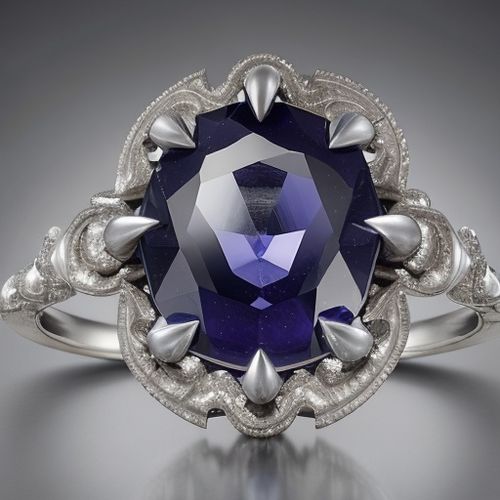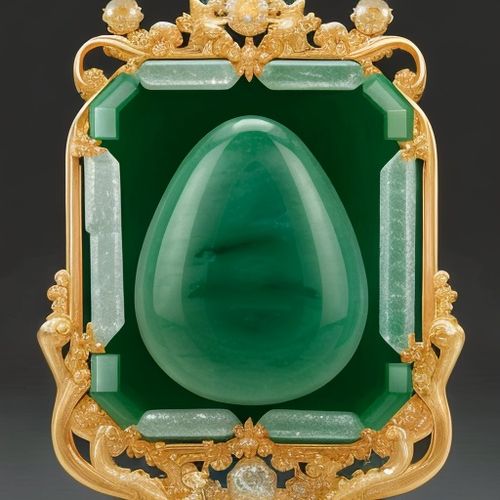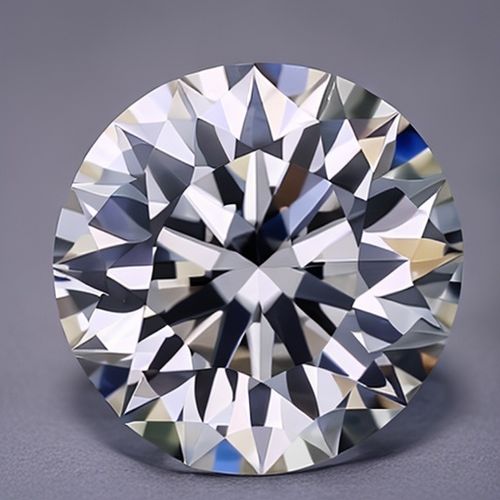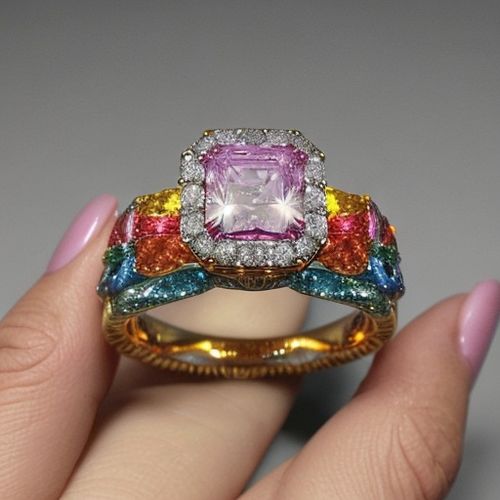The global diamond industry has witnessed a seismic shift in recent years with the rise of lab-grown diamonds, often referred to as cultivated or synthetic diamonds. Once considered a niche product, these man-made gems have rapidly gained market share, challenging the dominance of natural diamonds. The pricing dynamics of lab-grown diamonds have become a focal point for consumers, retailers, and investors alike, as they navigate this evolving landscape.
The price trajectory of lab-grown diamonds has been nothing short of remarkable. A decade ago, these diamonds commanded prices only 20-30% lower than their natural counterparts. Today, the gap has widened dramatically, with lab-grown diamonds often selling for 70-90% less than mined diamonds of comparable quality. This precipitous drop has been driven by technological advancements, increased production efficiency, and growing competition among manufacturers.
Several factors contribute to the current pricing structure of cultivated diamonds. Production costs have decreased significantly as the chemical vapor deposition (CVD) and high pressure high temperature (HPHT) methods have become more refined and scalable. Unlike natural diamonds that require expensive mining operations, lab-grown diamonds can be produced in controlled environments with relatively predictable costs. This fundamental difference in production methodology continues to exert downward pressure on prices.
The retail markup on lab-grown diamonds tells an interesting story. While natural diamonds typically carry retail markups of 100-200%, lab-grown diamonds often have markups ranging from 300-500%. This seemingly counterintuitive pricing strategy reflects several market realities. Retailers recognize that consumers perceive lab-grown diamonds as high-tech products rather than commodities, allowing for higher margins. Additionally, the lower absolute price point means consumers are less price-sensitive compared to natural diamond purchases.
Market segmentation has emerged as a crucial factor in cultivated diamond pricing. The industry has successfully created distinct categories based on size, color, and clarity, mirroring the grading system for natural diamonds. However, price differentials between these categories are often more pronounced in the lab-grown market. For instance, the premium for a colorless (D-F) lab-grown diamond over a near-colorless (G-J) stone can be significantly higher percentage-wise than the same comparison in natural diamonds.
Geographical pricing variations present another fascinating aspect of the lab-grown diamond market. In Western markets, particularly the United States and Europe, lab-grown diamonds command higher prices compared to Asian markets. This discrepancy reflects differing consumer perceptions, with Western consumers more willing to pay premium prices for what they view as ethical and environmentally friendly alternatives. In contrast, price sensitivity remains higher in Asian markets, where the concept of diamond alternatives is still gaining traction.
The wholesale market for lab-grown diamonds operates on fundamentally different principles than its natural counterpart. While natural diamond prices are influenced by limited supply and controlled distribution channels, lab-grown diamond prices respond more directly to production costs and market demand. This has led to greater price volatility in the wholesale market, with prices sometimes fluctuating by double-digit percentages within short timeframes.
Consumer education plays a pivotal role in the pricing equation. As awareness grows about the identical chemical and physical properties of lab-grown and natural diamonds, more consumers are questioning the traditional diamond pricing paradigm. This shift in perception continues to put downward pressure on prices across the entire diamond market, creating ripple effects that extend to natural diamond pricing as well.
The investment potential of lab-grown diamonds remains a topic of heated debate. Unlike natural diamonds, which have historically maintained or increased in value over time, lab-grown diamonds are generally expected to continue decreasing in price as production technology improves. This fundamental difference has led most financial experts to caution against viewing lab-grown diamonds as investment vehicles, instead positioning them as affordable luxury items.
Looking ahead, industry analysts predict several potential developments in lab-grown diamond pricing. Some anticipate that prices may stabilize as the market matures and production reaches optimal efficiency levels. Others foresee continued price declines as new manufacturers enter the market and production capacity expands. What remains certain is that the cultivated diamond market will continue to evolve, presenting both challenges and opportunities for industry stakeholders and consumers alike.
The environmental and ethical considerations surrounding lab-grown diamonds have become significant price influencers. While these diamonds are often marketed as more sustainable alternatives to mined diamonds, the reality is more nuanced. The energy-intensive production process and carbon footprint vary significantly between manufacturers, leading to price premiums for diamonds produced using renewable energy sources. This emerging differentiation adds another layer of complexity to the pricing structure.
Branding strategies have begun to play an increasingly important role in lab-grown diamond pricing. Several high-profile jewelry brands have entered the cultivated diamond market, applying traditional luxury branding techniques to these products. The result has been the creation of premium-priced lab-grown diamond collections that command significantly higher prices than unbranded alternatives. This development suggests that branding may become a more important price determinant than technical specifications in certain market segments.
The relationship between lab-grown diamond prices and the broader jewelry market continues to evolve. As prices decrease, lab-grown diamonds are becoming accessible to a wider range of consumers, potentially expanding the overall diamond jewelry market. However, this expansion comes at the expense of natural diamond sales, creating tension within the industry. The pricing strategies adopted by retailers selling both natural and lab-grown diamonds will likely shape consumer perceptions and purchasing decisions in the years to come.
Technological innovation remains the wild card in lab-grown diamond pricing. Breakthroughs in production techniques could lead to further cost reductions, while new capabilities like color enhancement or unique cuts could create premium product categories. The industry's ability to innovate will directly impact whether lab-grown diamonds become commoditized or develop into a diverse product category with multiple price tiers.
The secondary market for lab-grown diamonds presents unique pricing challenges. Unlike natural diamonds, which have an established resale market, lab-grown diamonds currently have limited resale value. This reality affects consumer perception of value and influences initial purchase decisions. As the market matures, the development of a robust secondary market could help stabilize prices and provide consumers with more confidence in their purchases.
Ultimately, the story of lab-grown diamond pricing reflects broader trends in technology-driven disruption of traditional industries. As production costs decrease and consumer acceptance grows, these diamonds are reshaping long-established pricing paradigms in the jewelry industry. While the future remains uncertain, one thing is clear: the era of diamonds as exclusively rare and expensive luxury items has given way to a more complex and dynamic market reality.




















